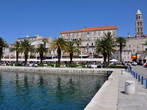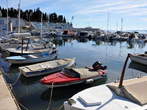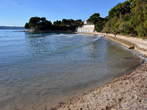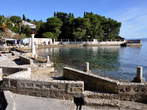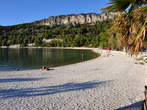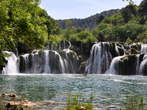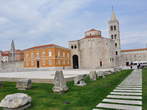Split is the second largest city in Croatia. It is one of the most popular tourist destinations in the Adriatic area, as well as the center, an important traffic intersection and the largest port in Dalmatia.
Split is an eternally young city with a rich cultural and entertainment life, especially in the summer months. At that time, city squares, streets and other areas are transformed into a large open-air stage. Lovers of the area's delicious cuisine can enjoy the many restaurants and taverns. The city is proud of its cultural and sporting events, beautiful beaches, picturesque coastline, Diocletian's Palace and numerous monuments. The first inhabitant of Split was Emperor Diocletian, who built the now famous Diocletian's Palace. Diocletian's Palace was included in the UNESCO World Heritage List in 1979. It is one of the best preserved monuments of Roman architecture in the world. It was built between 295 and 305 as a combination of a luxurious villa and Roman military camps. Apart from the palace, the biggest cultural and historical sights of Split are the Cathedral of St. Dujma, the Iron Gate, the bronze statue of Gregory of Nin, the Gripe Fortress, the Church of St. Francis, the city cellars and much more. The bronze statue is the work of the famous sculptor Ivan Meštrovic. It is placed in front of the northern (golden) gate of Diocletian's Palace. The bronze toe on the foot of the monument is worn due to the local belief that its touch will bring good luck and wish fulfillment in a short time.
Gripe Fortress is a baroque Venetian fortress that was built in just eight months in the 17th century to defend against the Turks. Split Peskarija is the only fish market in the world that is fly-free. It was built next to the source of sulfur, next to the city spa in Marmontova Street.


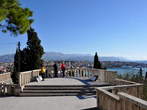
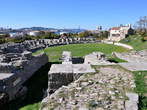
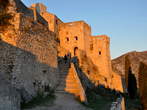

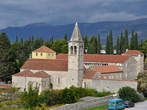




 HR-CRO - Croatia
HR-CRO - Croatia













